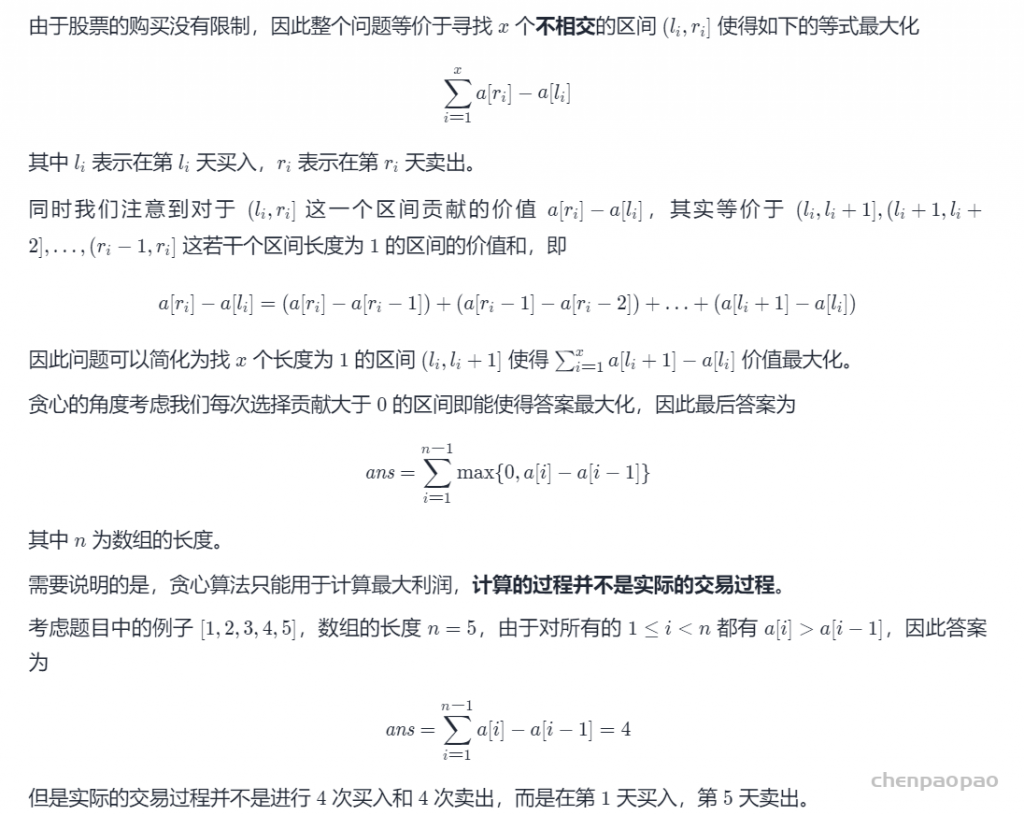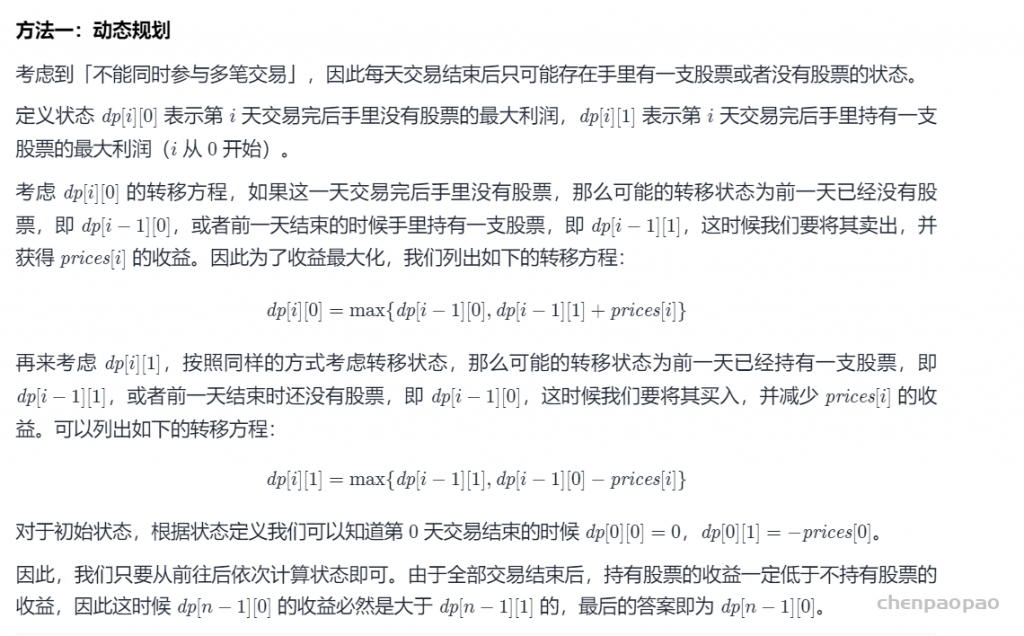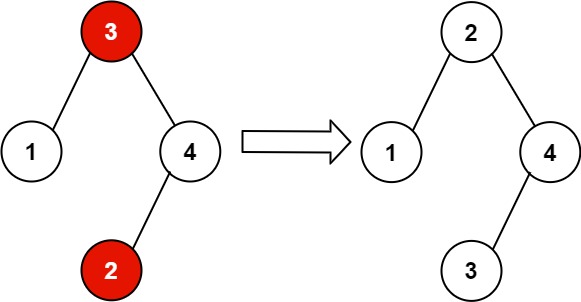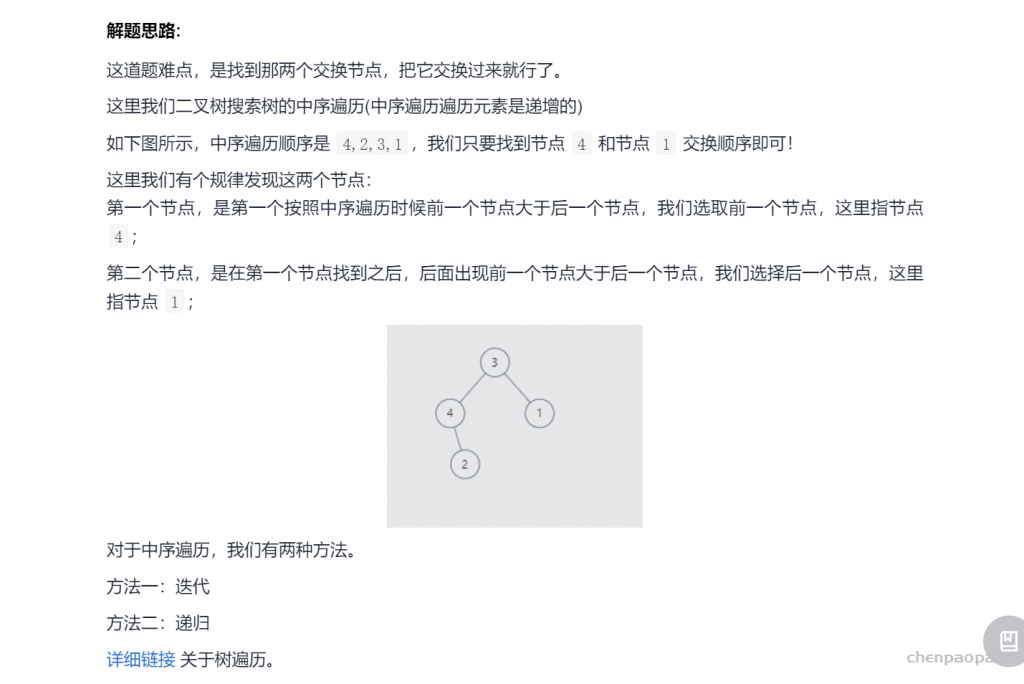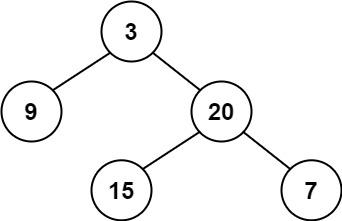给定一个数组,它的第i 个元素是一支给定的股票在第 i天的价格。
设计一个算法来计算你所能获取的最大利润。你最多可以完成 两笔 交易。
注意:你不能同时参与多笔交易(你必须在再次购买前出售掉之前的股票)。

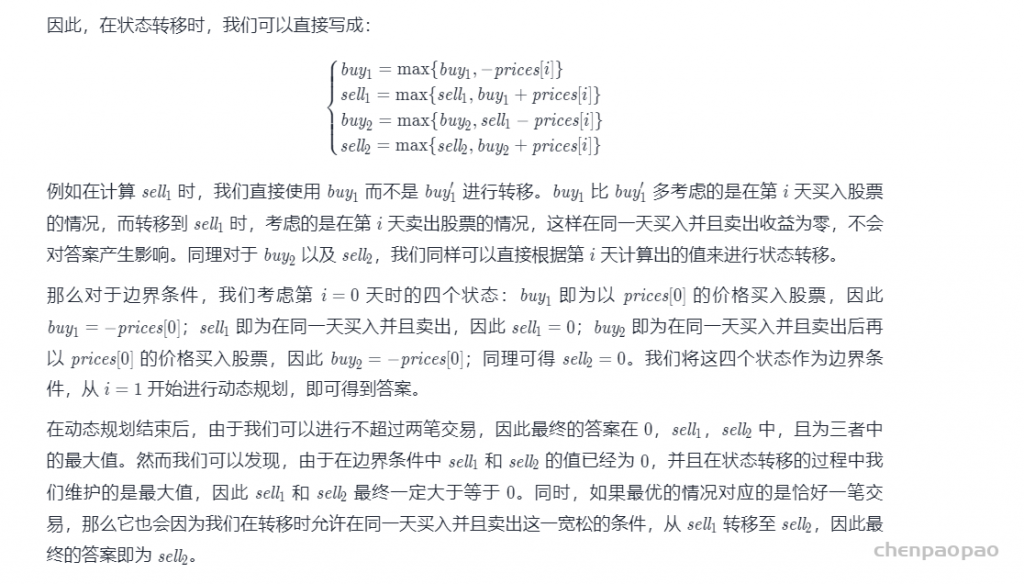
# @lc app=leetcode.cn id=123 lang=python3
#
# [123] 买卖股票的最佳时机 III
#
# @lc code=start
class Solution:
def maxProfit(self, prices: List[int]) -> int:
n = len(prices)
buy1 = buy2 = -prices[0]
sell1 = sell2 = 0
for i in range(1, n):
buy1 = max(buy1, -prices[i])
sell1 = max(sell1, buy1 + prices[i])
buy2 = max(buy2, sell1 - prices[i])
sell2 = max(sell2, buy2 + prices[i])
return sell2
# @lc code=end


